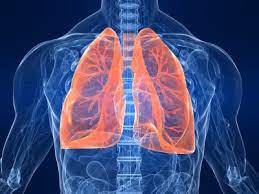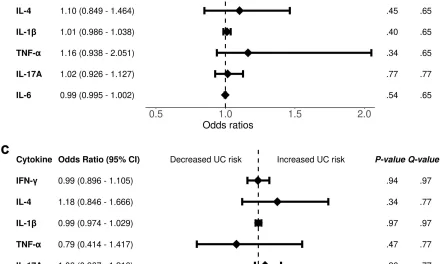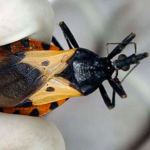In a groundbreaking study, researchers have uncovered a concerning trend in the rise of lung cancer cases among non-smokers, pointing to long-term exposure to radon gas as a significant contributing factor.
Traditionally regarded as a disease primarily affecting smokers, lung cancer has increasingly been diagnosed in individuals who have never smoked, highlighting the pervasive threat posed by radon gas, as detailed in the study.
Radon gas, invisible and odorless, emanates from the natural breakdown of radioactive materials underground and seeps into buildings through their foundations. It can silently accumulate in the lungs and homes of individuals, with no detectable signs unless specifically tested for. Data from the study indicates that approximately 15-20% of newly diagnosed lung cancer cases occur in non-smokers, many of whom are in their 40s or 50s.
“Anyone with lungs can develop lung cancer, and as a community, we should be aware and concerned about radon exposure because it’s thought to be one of the leading causes of lung cancer in never-smokers — and there is something we can do to reduce our risk,” emphasized David Carbone, a thoracic medical oncologist at The Ohio State University in the US.
Carbone highlighted the importance of simple tests to measure radon levels in homes, which can inform actions to mitigate exposure. One effective method involves installing radon remediation systems outside the home to extract air from the basement, where radon gas commonly accumulates. Increasing airflow within the home by opening windows, using fans, and venting, along with sealing cracks in floors, walls, and foundations, can also help reduce exposure.
Moreover, Carbone advocated for potential legislation mandating radon testing in schools, workplaces, and during home sales to mitigate community risk. The effects of radon exposure on the lungs are cumulative and can manifest decades later, underscoring the need for proactive measures to address this invisible threat.
“So your children playing in your basement or going to school today, exposed to unknown levels of radon, could be at risk for developing lung cancer 10, 20, 30 years from now,” Carbone cautioned. “And because the gas is totally colorless and odorless, you would have no idea you were being exposed unless you knew the importance of proactively testing.”
The findings of this study highlight the urgent need for heightened awareness, proactive testing, and legislative action to combat the insidious threat of radon gas and its association with lung cancer, particularly among non-smokers.












